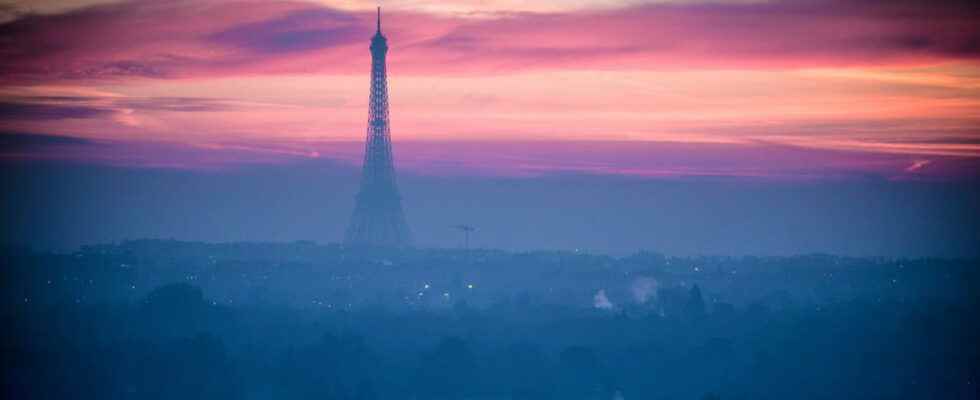The ozone layer, made up of gas and located between 20 and 30 kilometers from the Earth’s surface, is “on track” to recover in the next forty years.
The United Nations brings good news for once on the front of climate change. If human efforts to stop using certain harmful chemicals are maintained, then the hole present in the ozone layer could be reduced. It was at the 103rd annual meeting of the American Meteorological Society that a group of UN-sponsored experts presented this report on the depletion of the ozone layer and future developments.
As reported by the communicated of the UN quoting the scientists, “the progressive elimination of almost 99% of the prohibited substances which destroy ozone has made it possible to preserve the ozone layer and contributed in a significant way to its reconstitution in the upper stratosphere”.
A “hole” observed in the ozone layer in the 1980s
Since the 1980s, scientists had precisely observed that the ozone layer, which is vital for humanity to prevent the UV rays from the sun, was “holes” at the level of Antarctica. The cause ? Gases such as chlorofluorocarbons emitted during the manufacture of refrigerators or air conditioners and the emission of hydrofluorocarbons during their use. In 1987, 195 countries ratified the Montreal Protocol aimed at phasing out these chemicals that are harmful to the ozone layer.
It is precisely within the framework of this protocol that the scientists announced in the 2022 report that this “hole” at the level of Antarctica was on the way to disappearing. The UN warns “that the ozone layer should return to 1980 values (before the appearance of the hole in the ozone layer) by approximately 2066 above Antarctica, 2045 above the ‘Arctic and 2040 in the rest of the world’. However, the report warns against some measure of geo-engineering.
An overly optimistic scenario?
“We should not, under the pretext of fighting against global warming, play the sorcerer’s apprentice, and delay the reconstitution of the ozone layer”: this is what declared to the Parisian Sophie Godin-Beekmann, President of the International Ozone Commission. The scientists who authored the report have for the first time evaluated a geoengineering measure, namely the injection of aerosols into the stratosphere (SAI). This very particular technique aims to send part of the Sun’s rays back into space by means of aerosols.
As Sophie Godin-Beekmann explained on a daily basis, this technique aims to lower the temperature on Earth to limit global warming. However, the director of the CNRS indicated that “during very strong volcanic eruptions, which precisely caused the injection of aerosols into the upper atmosphere, this made more active the chlorinated species which destroy the ozone layer”. The report published by scientists affiliated with the Montreal Protocol goes in the same direction warning that this solar geoengineering technology could accelerate “the circulation and the production and destruction rates of ozone in the stratosphere as well as its transport “. The trouble is that this technology seems to be increasingly considered as a lead by major manufacturers.
What is the ozone layer?
The ozone layer is a layer of the stratosphere that lies between 20 and 30 kilometers from the Earth’s surface. This protective layer is made up largely of ozone gas, which prevents the sun’s ultraviolet rays from reaching. This layer of gas therefore makes it possible to escape overexposure to UV rays, thus making it possible to escape many diseases of living beings. This layer also regulates to fight against global warming.
